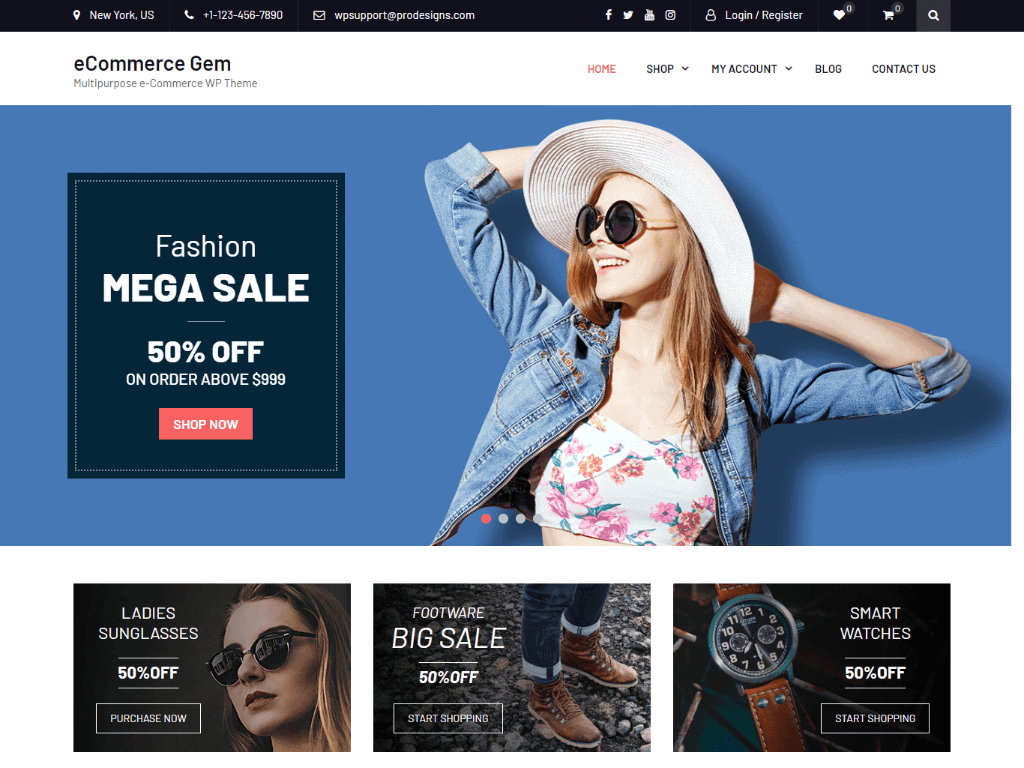

It’s a completely different approach, putting customer interaction in the foreground. This helps potential customers to see a product in great detail, understand how a complex product works, or explore how something is made both inside and out.īecause it’s the perfect tool to provide customization in an interactive and instantaneous way, potential customers can also customize a product to their exact needs and specifications.Īdditionally, 3D configurators help users make better and faster decisions. It brings all the benefits of 3D: customers can engage in real time with a product, explore it from every angle, move it around, zoom in, and zoom out. Keep in mind, you could also create and assign custom Layout Sections for the Header, Page Title Bar or Footer to this Layout as well, for completely unique product pages.An online 3D product configurator enriches your customers’ experience. If you now head to a product page on the front end of your site, the product will now be using the new Layout you have created.

Now all single product pages will use your new Layout. They, click on Manage Conditions at the bottom of the Layout, head to the Products tab on the left hand side, and then select All Products. To do this click on Select Content on the Layout, head to Existing Section, and select the Layout Section you previously created. To create a Layout, head to Layouts from the Avada Dashboard, and in the Layout Builder section, give your new Layout a name (WooProducts for example) and click on Create New Layout (or just hit Enter).įrom there, as you can follow below in the screenshots, it’s simply a matter of assigning the WooProducts Layout Section you have created to the Content Layout Section, and then adding the conditions to the Layout. Follow the link for more information on Conditional Layouts. Alternatively, you might want to create multiple product layouts and exclude certain products, or categories etc. This is so that the Layout is used only on WooCommerce product pages, and not ordinary pages and posts etc. In most cases, the condition set would be to use the Layout for All Products. Once you’ve designed and built your Content Layout Section, it’s time to create a Conditional Layout that determines when the Layout is used. Then, simply head to your Avada Builder interface of choice and begin building your Layout Section. So, to make a Content Layout Section, as you can see in the screenshot below, simply head to Layouts > Layout Section Builder, from the Avada Dashboard, select Content as the type of Layout Section, enter a name, and then click on Create New Layout Section (or just hit Enter).

Once the Layout Section has been designed and completed, we then add the Layout Section to a Conditional Layout that will only be used on WooCommerce Products. The Woo Layout Elements are only available when creating this type of Layout Section. For WooCommerce products, this is, of course, a Content Layout Section, as it is in the content area of the page the products are displayed. To create a Layout for WooCommerce Products, the first thing to do is to create a new Layout Section.

#Product builder ecommerce how to
How To Use WooCommerce Attribute Swatches.The Avada WooCommerce Builder – Checkout.The Avada WooCommerce Builder – Products.


 0 kommentar(er)
0 kommentar(er)
